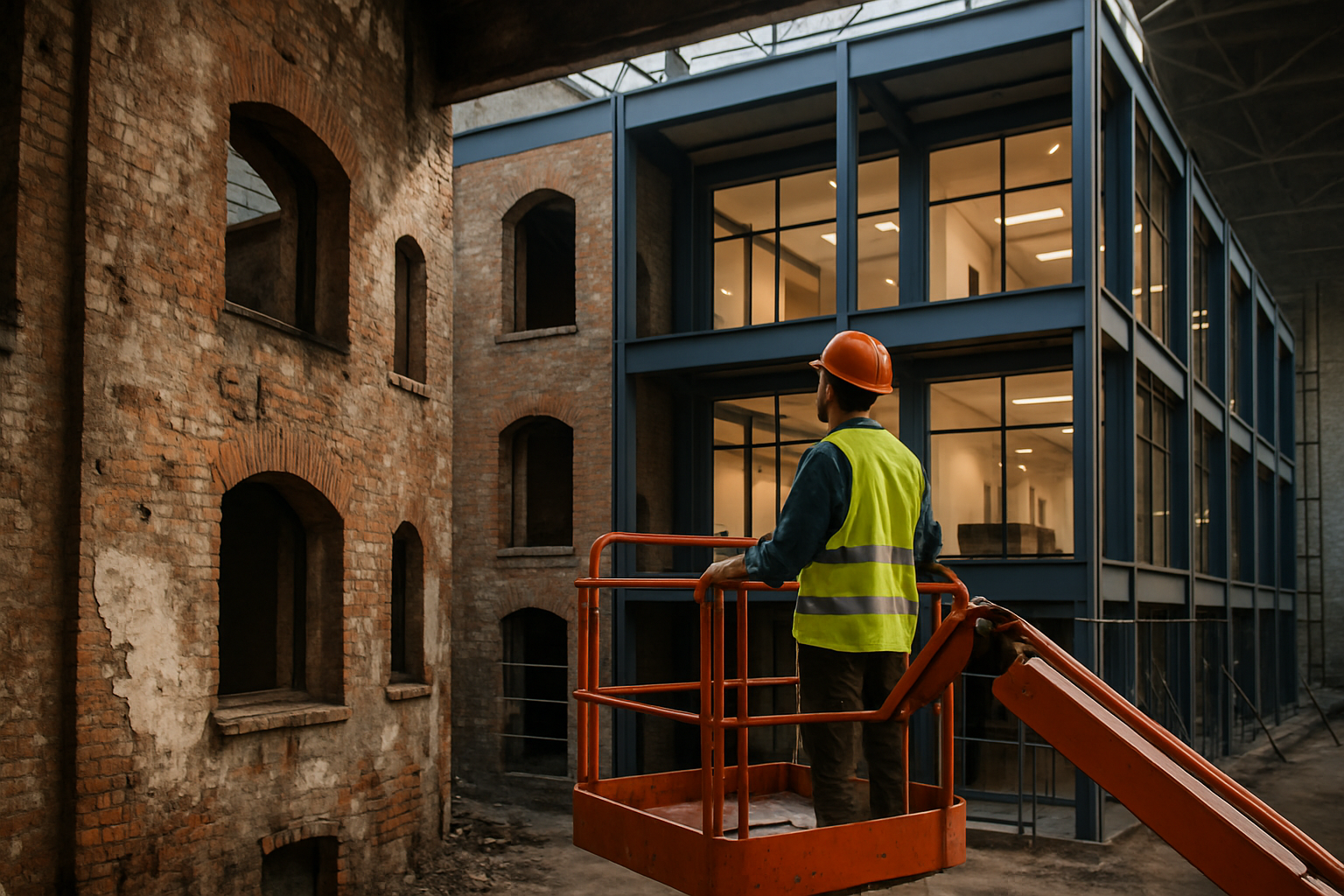Redefining Performance: The Intricacies of Active Aerodynamics
Introduction: A gripping fusion of art and engineering, active aerodynamics is revolutionizing auto performance. This captivating technology, while not new, is steadily gaining prominence as it reshapes the contours of vehicle performance and efficiency.

The Genesis and Evolution of Active Aerodynamics
Active aerodynamics is not a new concept in the automotive realm. Its roots trace back to race tracks where it was initially deployed to enhance performance and stability of high-speed race cars. Over the years, the technology has evolved, transitioning from race tracks to commercial vehicles, making sports car performance accessible to everyday drivers.
The Mechanics of Active Aerodynamics
At its core, active aerodynamics is all about managing airflow around a moving vehicle for optimal performance. It involves movable components that adjust in real-time to changing driving conditions, allowing cars to counteract aerodynamic forces. From retractable spoilers and air dams to active grille shutters, the components work in harmony to enhance stability, improve fuel efficiency, and boost performance.
Current Trends and Developments
Once a privilege of top-tier sports cars, active aerodynamics is now finding its way into mainstream models. Car manufacturers are leveraging this technology to create vehicles that deliver exhilarating performance without compromising on efficiency. Innovations such as adaptive rear wings, which adjust their angle based on the vehicle’s speed and driving mode, exemplify the current trend in active aerodynamics.
The Impact and Implications
Active aerodynamics has far-reaching implications for the automotive industry. Besides enhancing performance and efficiency, it is pivotal in reducing CO2 emissions, making it a cornerstone of sustainable mobility. However, the technology also poses challenges, primarily its complex integration into vehicle design and the associated high cost.
Looking Ahead: The Future of Active Aerodynamics
While already transformative, active aerodynamics is poised for further evolution. Advanced materials, smarter software, and integration with other vehicle systems promise to unlock unprecedented levels of performance and efficiency. Despite the challenges, its potential to redefine automotive engineering is undeniable.
In conclusion, active aerodynamics is a compelling intersection of science, technology, and art. It’s a testament to the relentless pursuit of performance and efficiency that defines the automotive industry. As the technology continues to evolve, it promises to redefine the boundaries of what vehicles can achieve.




